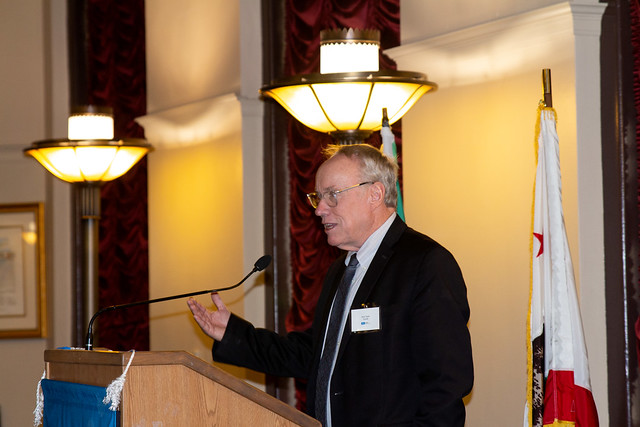Loukaitou-Sideris on Making Transit Hubs More Welcoming
Professor Anastasia Loukaitou-Sideris, interim dean of UCLA Luskin, spoke to WHYY about efforts to restore confidence in the SEPTA public transit system serving the Philadelphia area. Financial pressures have delayed infrastructure projects to improve safety and accessibility on the system’s aging subway network, and some riders say they are anxious about recent episodes of violence. Loukaitou-Sideris, an authority on transit safety who studied SEPTA during the COVID-19 pandemic, said the openness of transportation hubs is a mark of both inclusivity and inherent risk. “If we all start getting afraid of agoraphobia and not going to these public spaces, we will end up in a cocoon of private spaces,” she said. Loukaitou-Sideris added that she is encouraged by Philadelphia’s Hub of Hope, a space within the SEPTA system where unhoused individuals can receive essentials such as food and medical care.

